Food to go is back. In fact, the market increased by 31.7% in 2022 to £21.4bn, and while those numbers are flattered by the end of the pandemic lockdown period, it’s also 0.9% higher than its 2019 value, according to the UK Food To Go Market Report 2023 by Lumina Intelligence. And the picture is even brighter for 2023, with forecasts it will grow a further 4.1% to £22.2bn.
But as food to go recovers, it’s not returning in the same way, as the report makes clear. The continued upticks in travel and footfall augur well, and the market is expected to see its strongest outlet growth since pre-pandemic in 2023, at +0.9% – a net gain of +1,397 to 152,120 sites.
But sales value gains are also flattered by high inflation. According to the report, the cost of a cappuccino has shot up in price across several food to go brands this year. Costa and Starbucks are now charging £3.05, Leon £3.20 – though Subway’s hike from £2 to £2.29 is the largest percentage increase at 14.5%, the report finds.
As a result, drink to go purchases have declined by 4ppts. And last week Caffè Nero announced it had made a loss again despite sales returning to pre-pandemic levels.
It’s clear the cost of living crisis is making price-conscious shoppers even more clued-up. With consumers increasingly identifying as ‘very value-led’ (+3ppts), treat and routine missions are in decline across several day-parts, and food and drink combined purchases are down by 4.2ppts as consumers become more selective with their spending.
With that in mind, high street QSR and coffee shops are focusing innovation and ranging on value. Pret a Manger, for example, recently launched a new ’Made Simple’ range, starting at £2.99, to help customers “spend less”. Leon has also launched a hot food meal deal of £3.99 for a rice pot and drink.
Inevitably, grocery retail has enjoyed a 1ppt boost in channel share as it’s well placed to capitalise on value scrutiny, particularly following investment in foodservice partnerships, higher quality and broader ranges of value-led food to go.
That’s not to say supermarkets are having it all their own way. Tesco, Boots, Deli2Go and Co-op have all raised their prices, by an average of 4%, the report notes. But meal deal solutions are still a major weapon for retailers, with the lack of space constraints enabling Tesco to launch a premium meal deal only last week; while Sainsbury’s is offering its ‘Flourish’ £5 meal deal range, which focuses on healthy and premium ingredients with the goal of increasing spend per head.
In this highly competitive market, Lumina notes that convenience store grab & go, sandwich & bakery and coffee shop/café channels are also driving growth in the food to go market. But crucially, it adds, key players across these channels are exploring opportunities around drive-thru and travel hub locations. The fact that upmarket bakery chain Gail’s announced plans last week to launch 10 drive-thrus says it all really. In a new hybrid working world, brands are making themselves more accessible, while communicating to consumers in a wider variety of channels and establishing more touchpoints through omnichannel expansion.
One of the few growth opportunities is snack to go purchases, the report notes. Travelling and commuting snacking opportunities have increased by 4.3ppts year on year, as coronavirus travel restrictions have lifted and the number of workers commuting to offices has increased. Given their low cost, purchasing a snack rather than a larger meal such as lunch or dinner is something most consumers can still justify, and the report advises operators should consider offering saver menus with smaller food items, including wraps, to tap into snack demand.
The other key trend highlighted by Lumina’s report is the growing role of health and vegan trends in food to go NPD, which are crucial not only in meeting consumer needs but in justifying higher price points from operators. The majority of new products surveyed were aligned with healthier and plant-based eating, carrying price points of £4-plus. Supplier partnerships and tiered meal deal ranges are allowing operators to cater to trends.
That means drinks with natural, low caffeine and energy boosting ingredients, as consumers look more towards health benefits, such as supporting immunity and reducing fatigue. Ginger shots, for example, are fast appearing on mainstream shelves in grocery and foodservice, according to the report, and help to target those wishing to reduce caffeine intake and provide a natural kick of energy.
And, let’s face it, we all need one of those.







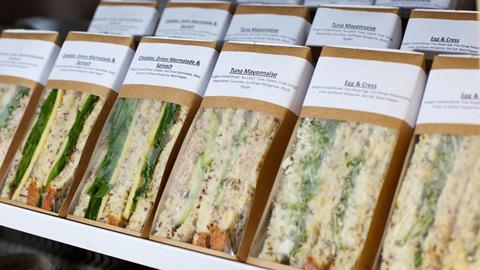
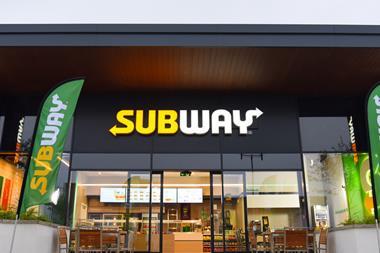

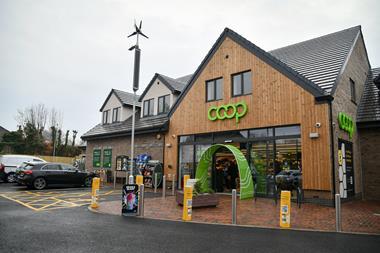
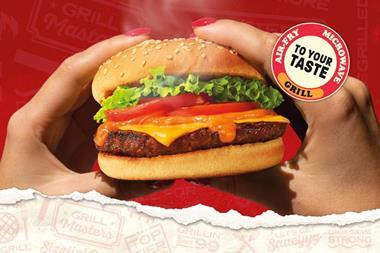
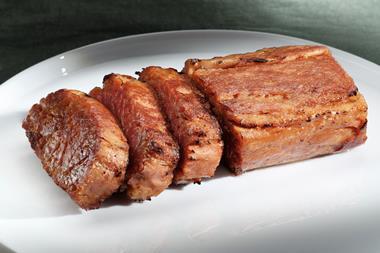
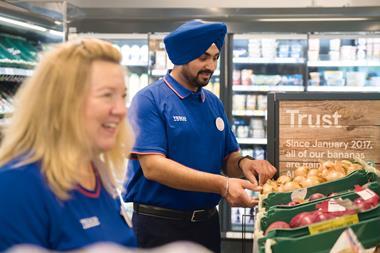
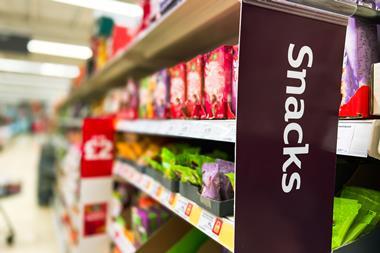
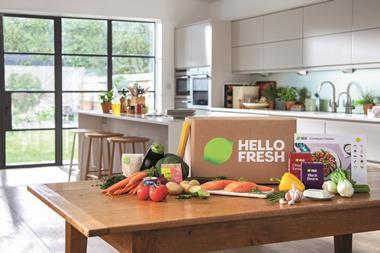




No comments yet